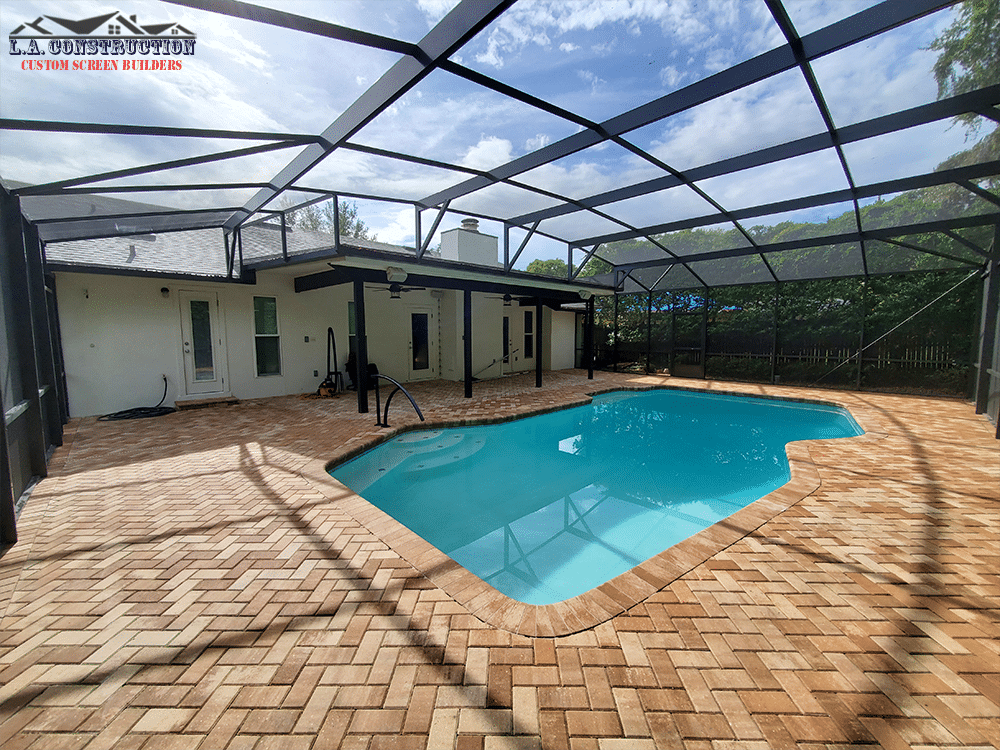Web Development Simplified: Understanding Its Core Types
Web development powers the internet, creating dynamic websites and applications that define our digital interactions. Knowing the key types of web development can help you build better websites, collaborate effectively with developers, or even launch a career in tech. If you’re ready to learn more, start with how to optimize website performance.
The Three Main Types of Web Development
Web development can be broken down into three main types: front-end development, back-end development, and full-stack development. Each serves a unique purpose in creating a functional and engaging website.
1. Front-End Development: The User-Facing Side
Front-end development focuses on designing and building the parts of a website that users see and interact with. It combines creativity and technical expertise to deliver an appealing and seamless experience.
a. HTML (HyperText Markup Language): Provides the structural framework for a webpage.
b. CSS (Cascading Style Sheets): Styles elements with fonts, colors, and layouts to enhance visual appeal.
c. JavaScript: Adds interactivity, such as dropdown menus, animations, and forms.
Front-end developers ensure websites are responsive, meaning they adapt to different devices and screen sizes. If you’re interested in creating visually captivating and user-friendly sites, explore [anchor text] to dive deeper into front-end development.
2. Back-End Development: The Functional Backbone
Back-end development focuses on the behind-the-scenes systems that power a website. It manages the server, database, and application logic to ensure that users can perform actions seamlessly.
a. Server-Side Programming: Uses languages like Python, PHP, and Java to handle requests and execute commands.
b. Database Management: Stores and retrieves information securely using tools like MySQL and MongoDB.
c. APIs (Application Programming Interfaces): Connects different systems to facilitate smooth communication between the server and client.
Back-end developers play a critical role in ensuring that data is processed accurately and websites perform reliably. To explore the technical intricacies of this field, check out types of web development.
3. Full-Stack Development: The All-Rounder Approach
Full-stack developers are experts in both front-end and back-end development. They handle every aspect of a website, from designing user interfaces to building server-side logic.
a. Comprehensive Skillset: Full-stack developers manage both client-facing and server-side tasks.
b. Cost Efficiency: They are ideal for smaller teams or startups that need versatile developers.
c. Problem Solving: Their holistic understanding ensures smooth integration between systems.
Frameworks like MEAN (MongoDB, Express.js, Angular, Node.js) and MERN (with React replacing Angular) are popular tools used by full-stack developers. For those who want to master all aspects of web development, [anchor text] is an excellent starting point.
Why Learn About Web Development?
Understanding the basics of web development offers benefits for everyone, from business owners to aspiring developers:
Better Communication: Bridge the gap between technical teams and non-technical stakeholders.
Informed Decisions: Set realistic timelines and budgets based on the complexity of your project.
Competitive Advantage: Stay ahead in a digital-first world by leveraging the right tools and strategies.
Conclusion
Web development is an integral part of our digital landscape, encompassing front-end, back-end, and full-stack development. Each type plays a vital role in creating websites that are visually engaging, functionally sound, and technically robust.
Whether you’re planning your next project or exploring career opportunities, understanding these types will give you the foundation to succeed. Begin your journey today and unlock the power of web development with frontend development best practices.
